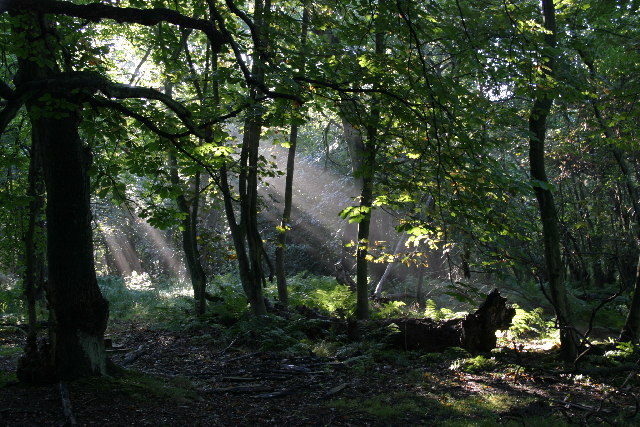A huge amount of effort and resources goes into planning where development should take place in and around our towns and cities – so why is only a fraction devoted to planning for the land that is not built on?
When you think about it this is odd. It is the land that is not built on that everyone appreciates. Farmland, woodland, nature reserves, rivers and lakes, parks and footpaths. These give us the views that we enjoy, the fresh air to breathe, the places to exercise, walk the dog, enjoy our leisure and take children to play. It is also where most of our wildlife lives.

Gosforth Park Nature Reserve, photographed by Phil Thirkell and licensed for reuse under Creative Commons
Nature provides us with clean air, water and flood alleviation and for many people a place to exercise, relax and escape the pressures of urban living. We take this for granted but even the government has now recognised that these “ecosystem services” are worth millions or even billions of pounds each year.
In the Natural Environment White Paper of 2011, the government declared that “..we reject the outdated idea that environmental action is a barrier to growth or that achieving economic development and a healthy natural environment are incompatible objectives. On the contrary, strong emerging evidence shows that a healthy environment is essential to long-term growth; the economic benefits of protecting biodiversity and ecosystems greatly outweigh the costs of doing so.”
And current planning guidance advises local authorities that they should “set out a strategic approach in their Local Plans, planning positively for the creation, protection, enhancement and management of networks of biodiversity and green infrastructure.” (National Planning Policy Framework, 2012)
Surely, therefore, the approach we should be taking is to plan for our open spaces first and then fit the development around them. Of course we do the opposite and are surprised by floods, health problems and declining wildlife. Why is there a reluctance to strategically plan for the open areas in and around our cities and to protect them for the very long-term for future generations to enjoy?
Our population is growing and the region needs new jobs but we need to find ways of providing for this without damaging the environment. The plans being put forward by all the north east councils will see more green fields on the edges of our towns and cities disappear beneath concrete. Is endless urban sprawl the answer?
Is it time to look at other models of development that might reduce the amount of land needed for building on? Can we follow the lead of other successful cities which are growing upwards rather than outwards, such as Singapore? This is not so far-fetched; in Newcastle, Sunderland, Durham and Middlesbrough there are large numbers of students living in family housing – could they be better accommodated in high rise accommodation built on derelict urban sites, freeing up the family housing for families? This is already happening and we need more of it.
Once properties are built they are there forever. Why can’t we have open spaces that are forever? Is it because planners think this land might be need for development in the future? The developers certainly see it this way, as they own much of it (the majority of the farmland around urban areas is owned by developers biding their time for a land release and a big profit). It doesn’t have to be this way.
The question that is bugging me is whether the reluctance to make long-term commitments to protect and enhance the open spaces and wildlife around our cities is down to a lack of vision amongst our leaders or that they simply don’t care?
James Littlewood is director of the Natural History Society of Northumbria and is campaigning to prevent Gosforth Park Nature Reserve in Newcastle from being surrounded by development. You can follow him on Twitter.
Do you agree with his argument that our north east cities and towns should grow upwards rather than outwards? Tell us in the comments section below – by clicking on the little speech bubble.
(Views expressed on our website and in our magazines and emails are not necessarily endorsed by Northern Correspondent.)

I wholeheartedly agree that we should start with planning for our open spaces first and then fit the development around them but I would be concerned by the build up rather than out approach mainly because of the appalling examples of ‘high rise’ that blot our current urban landscapes.
Student accommodation that is currently being built in Newcastle is a prime example of how not to do it – architecturally lacking and completely insensitive to its surroundings. Risky to go up without strong and visionary city planning strategy.
In the UK many people’s view of high-rise has been soured by poor design in the later part of the 20th century. There are plenty of great examples from around the world to inspire us now. Check out http://www.energytrendsinsider.com/2009/05/12/ten-of-the-greenest-skyscrapers-in-the-world/